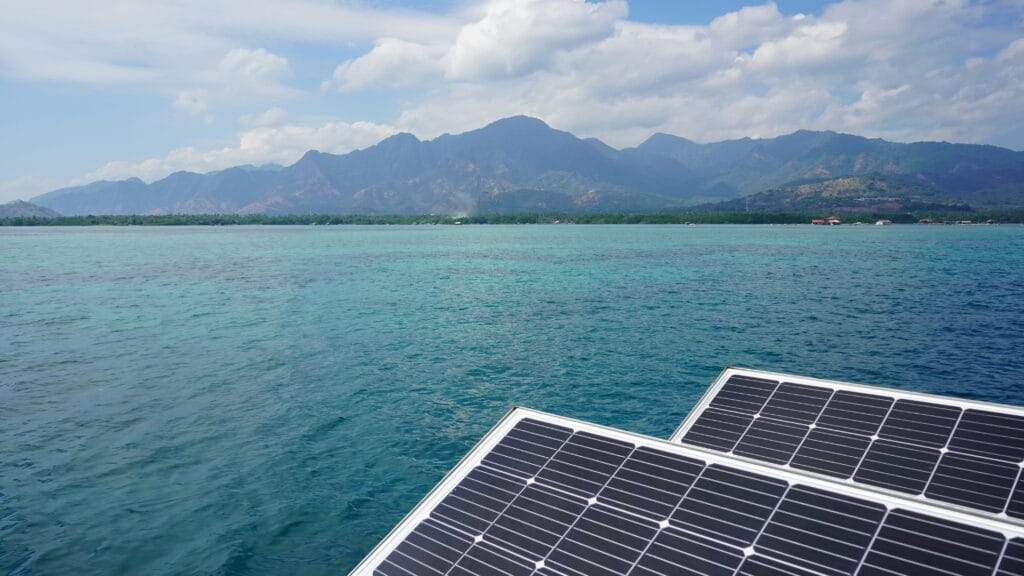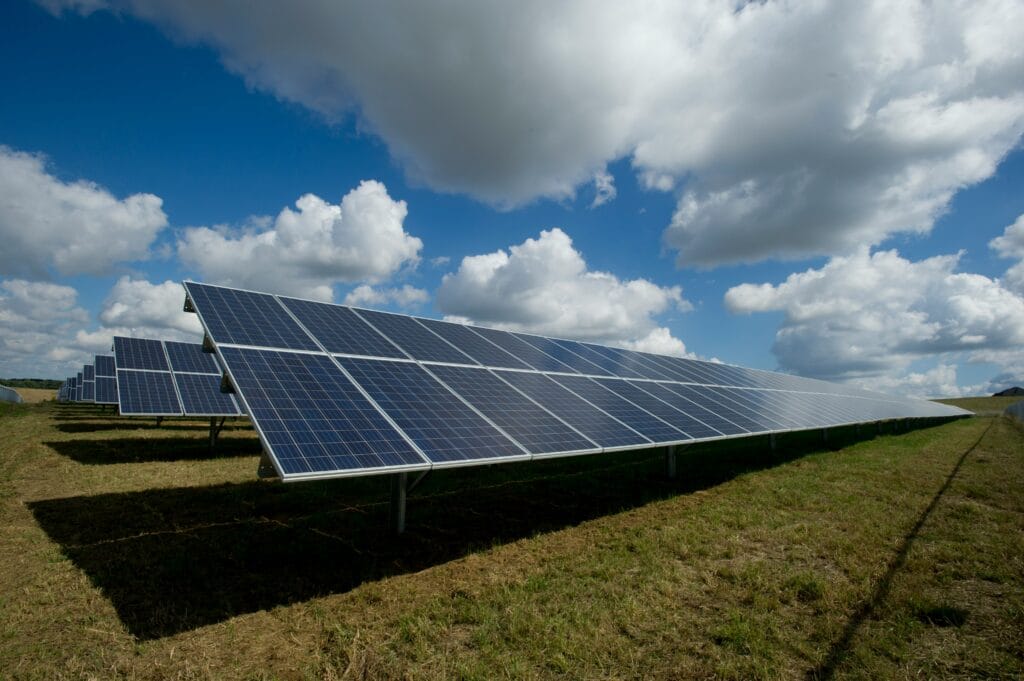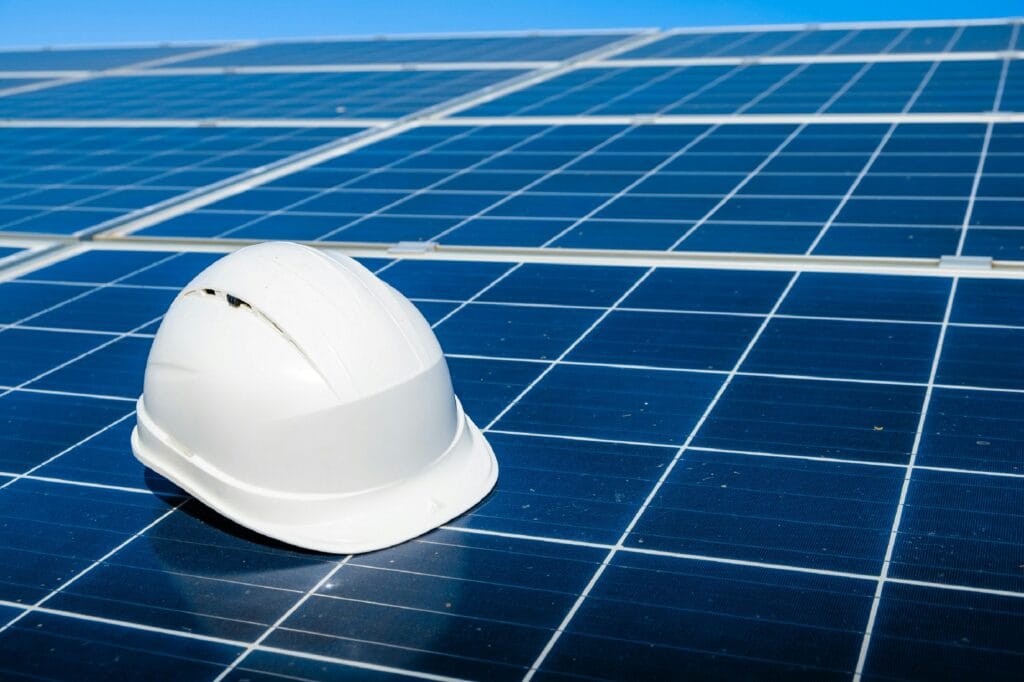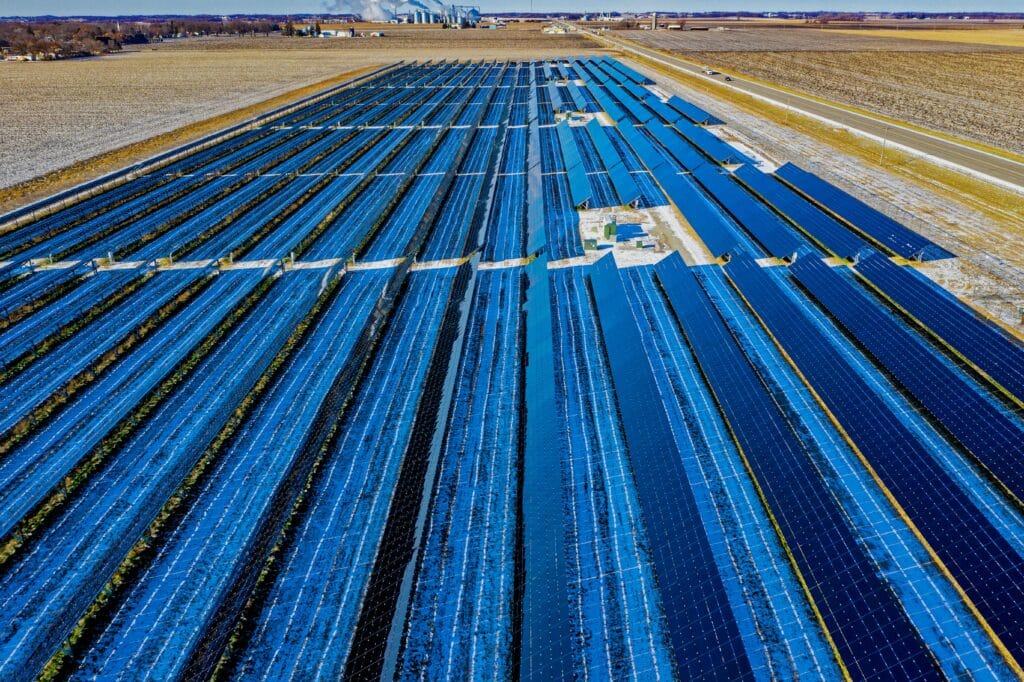Since solar energy is gaining acceptance, increasing numbers of homeowners and companies are seeking ways to boost the efficiency and durability of their solar energy systems. One of the significant developments in this space is the microinverter.
This tiny and powerful device plays an essential role in turning the power generated from solar panels into electric energy. At Bravo Brains Solutions, we endeavor to provide our customers with information on the perfect technology. Microinverters stand out as one of the critical technology options to consider.
Table of Contents
What Are Microinverters?
Microinverters are small inverters that connect to the solar panels of individual units that are part of a solar power set-up. Contrary to traditional string inverters attached to an array of panels, microinverters are accountable for converting direct current (DC) generated by one panel to alternating current (AC) and can be utilized in the home or your workplace. This method of decentralization has many advantages over traditional systems.
Microinverters vs. String Inverters: What’s the Difference?
String inverters have been popular for a long time. However, they do have a few drawbacks compared with microinverters. When a string inverter is used, the panels are all connected in a sequence; however, if any panel’s performance is impaired (for instance, because of shade, debris, or snow lines appearing on the roof), the whole system’s performance suffers.

In contrast, microinverters are installed on separate panels, which allow the panels to work independently. That means the rest of the system can perform efficiently even when the panel in question is shaded or not performing.
Why Are Microinverters Important?
Better Efficiency: One of the most considerable benefits of microinverters is their increase in efficiency. Microinverters benefit solar panels by allowing them to reach their potential to the fullest, even when conditions aren’t ideal, to maximize the efficiency of the individual panels.
Advanced Monitoring and Control Microinverters permit more precise evaluation of the efficiency of every solar array component. This type of monitoring, usually provided by platforms like Enphase Energy, means that installers and homeowners can swiftly detect and fix problems while ensuring the highest energy output.
More excellent Reliability: When you have a system that is decentralized, any failure or malfunctioning of one microinverter will affect the whole system’s output. So, your solar panels will continue to generate power, regardless of whether the microinverter fails in one part. Here at Bravo Brains Solutions, we stress the dependability of microinverters as a critical element in their rapid adoption.

Increased Security: Traditional string inverters manage high-voltage DC power. This can cause safety issues in some instances. Microinverters change DC into AC on the panel level. This means you don’t have a high-voltage DC running through the system. They are a safe installation opportunity in homes, particularly in heavily urbanized regions.
The flexibility of design: Because microinverters let each panel function independently, they allow for more flexibility when designing systems. Panels can be placed across different roof surfaces or expand the system with time, without having to doubt about matching the specifications of the panels or performance degrading.
Popular Microinverter Brands
Enphase is among the most well-known names in the market regarding the selection of microinverters to buy. The company’s IQ8+ microinverters are a cutting-edge product that offers technology and a high degree of dependability. The other brands that stand out are Mars Rock and Pikasola and Pikasola, both of which bring inexpensive and effective micro-inverter solutions to various solar energy systems.
At Bravo Brains Solutions, we benefit our customers by selecting the most accurate elements for solar systems to ensure maximum performance and reliability.
Microinverters and Hybrid Solar Systems
The need for solar power increases, increasing the number of households looking into hybrid solar systems that integrate solar panels with battery storage and the capacity to pull electricity from the grid. Microinverters play a vital role in these hybrid systems, particularly when paired with technology such as power optimizers. The combination of these two components ensures that every device in the system functions optimally regardless of the circumstances are not ideal.

Microinverters can shine in a solar energy system that aims to increase energy output and save money. They enable efficient DC to AC conversion. They also help ensure that the power generated by the panels is utilized as effectively as possible.
How Microinverters Improve Performance in Shading or Debris Situations
One of the significant benefits of microinverters is the capability to keep their performance intact regardless of whether parts of the solar array are impacted by shade, debris, or snow. Because each panel is equipped with an inverter of its own, only the power output for the affected panel is diminished, not the overall performance of the array.
This is crucial for those living in areas where shade from structures or trees is an issue. With microinverters, a shaded area won’t affect the efficiency of the system as it would when with a string-inverter.
The Role of Microinverters in Monitoring Solar Systems
Microinverters can also help to assess the performance of each panel. These days, most systems have integrated monitoring options that let you monitor the performance of every panel via a mobile app or online platform, such as EnergySage. This level of detail can help homeowners and installers quickly spot any issues and implement the appropriate adjustments to boost their system’s performance.
Installation Considerations and IP65 Ratings
In installing microinverters, picking elements with long-lasting durability is crucial. Many microinverters, like Enphase’s Enphase, are equipped with an IP65 rating. This means that they’re protected from rain and dust. This is why they are perfect for outdoors, like rooftops, in which they’ll expose them to the elements.

Career-oriented installation is essential for ensuring the longevity and efficiency of your microinverter. Bravo Brains Solutions offers professional installation and in-home consultations to determine the appropriate configuration for your business or home.
Microinverter Costs and Warranty
When considering the price of microinverters versus conventional string inverters, it is vital to consider the benefits over time. Although microinverters come with a more significant upfront cost, their higher effectiveness, flexibility, and dependability often result in greater energy output and lower electric bills in the long run.
Numerous manufacturers, such as Enphase, offer extended warranties. They typically last up to 25 years, much longer than the standard warranty for string inverters. It ensures that your investment will be protected for a long time and that any arising problems are dealt with immediately.
How Microinverters are integrated with Power Optimizers
Combining microinverters and power optimizers can boost efficiency if you want to maximize all aspects of your solar system. Power optimizers benefit from optimizing the output of a panel by determining the power level at which they are maximum (MPPT) and then adjusting the efficiency of your panel accordingly.
Here at Bravo Brains Solutions, we’ve witnessed how this mix can result in significant improvement in energy efficiency, specifically in complex roof layouts and partially shaded constructions.
Comparing Central Inverters and Microinverters
Although central inverters can still be employed for large-scale solar installations, microinverters are increasingly the best alternative for smaller and home commercial applications. Central inverters can be used when large solar arrays are in constant sunlight but are less efficient and reliable than microinverters under more fluctuating circumstances.
Its ability to identify issues at the panel level and greater effectiveness and monitoring features make microinverters an excellent option for homeowners.
Conclusion
In the end, microinverters provide many advantages over string inverters. They are an essential component for those who are looking at investing in solar power. They can optimize the efficiency of each panel, serve better monitoring, and boost the reliability of systems. Microinverters can help solar systems achieve high standards of efficiency.
We at Bravo Brains Solutions are convinced of the potential of new technology to shape the next generation of energy. When you’re contemplating an upgrade to your solar panel or planning to upgrade your existing one, Microinverters are an essential component of the solution. Contact us now to learn how microinverters will increase your solar power system’s capabilities.
FAQ’s:
1. What exactly is the definition of a microinverter?
Microinverters are a tiny gadget that is installed on every solar panel. It converts energy generated by the solar panel from direct current (DC) to alternating current (AC) used at home.
2. How are microinverters used?
Microinverters connect to specific solar panels. Each converts DC energy from the panel into AC energy that the house utilizes, allowing each panel to operate in a distinct way.
3. What’s the difference between string inverters and microinverters?
In a string-inverter setup, the panels are joined to each other in a line, and a poorly performing panel may affect the entire system. Microinverters function at the panel level, meaning each panel will perform optimally and not affect the other panels.
4. Microinverters are better suited to shading roofing?
Yes! If your roof gets shaded due to buildings or trees, microinverters will benefit as only the shaded areas will be affected, not the whole system. The result is a boost in energy production.
5. Microinverters can help me keep track of my solar panels?
Many microinverters have monitoring systems allowing you to monitor how well each panel performs—the app or web-based platform to view live data.
6. Are microinverters safe?
They are certainly better than the traditional inverters. Microinverters convert power on the panel; therefore, there isn’t any high-voltage DC flowing through the system, which reduces the risk of injury.
7. How long will microinverters last?
Some microinverters are covered by lengthy warranties that can last for twenty-five years. They are, therefore, a long-lasting and dependable alternative for your solar panel.
8. How much are microinverters priced?
In general, microinverters cost more initially than string inverters. However, their long-term benefits, such as increased efficiency and better energy consumption monitoring, make their investment worthwhile.
9. Are there microinverters that can be installed on any solar panel?
Microinverters can be used with a wide range of solar panels. They can be fitted on brand-new or existing systems during an upgrade.
10. Do microinverters require special maintenance?
Microinverters are not made to last and need minimal maintenance. However, checking your system regularly ensures all panels function correctly.